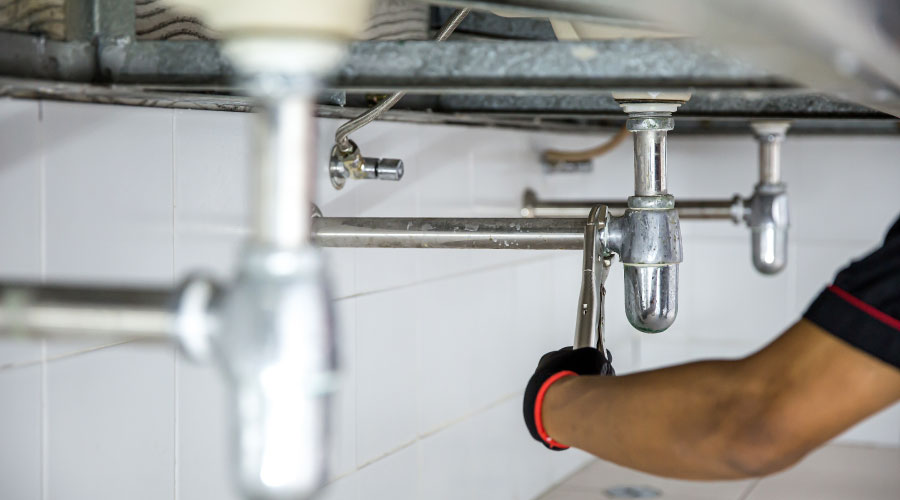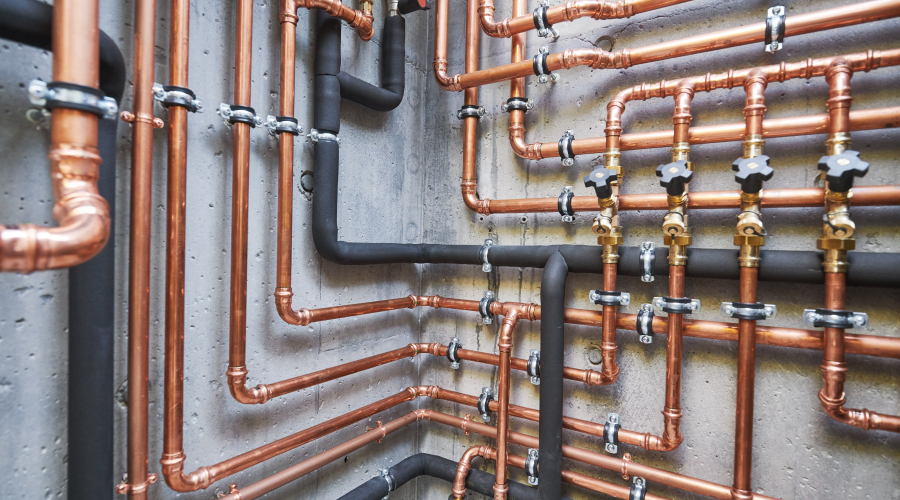Drain Cleaning: Cameras a Must-Have Tool
The department's 15 technicians responsible for plumbing-system maintenance perform preventive measures to head off potential problems with drains and pipes. These measures include pulling manhole covers to perform visual inspections and monitoring flow rates through pipes.
Technicians also use a drain-cleaning unit with a camera in certain cases, Hunter says, adding, "We don't go in and ‘camera' the lines unless we think we have a problem." Because of their performance, inspection cameras on the end of cables have moved from novelty item to must-have tool for many technicians. The units provide them with an up-close view of the problem area. They have several key components, including a cable reel, a pushrod, and a camera chip in a pick-up head with a light source that illuminates the area in question.
Hunter also relies on daily reports the department's computerized maintenance management system generates to look for early warning signs of an area that might require more than just routine inspection and action. The reports summarize all maintenance calls throughout the hospital's facilities.
"If I start seeing that we've had a call three times this week with this particular bathroom, that's an indication to me that we have a problem there," he says.
Hunter and his department also rely on their familiarity with the installed systems. In general, he says, "We know where our problems are."
Tools of the Trade
The department's technicians use 15 pieces of equipment — all from the same manufacturer — to keep drains clear. These units range from pistol-grip drain cleaners and augers to units with a 1-1/2-inch cable. The larger pieces of equipment allow technicians to inspect and clear pipes up to 6 inches in diameter.
With the cable the units feature, "we can go out several hundred feet if we need to," Hunter says.
The department has stayed with one manufacturer and one vendor because Hunter has a good relationship with the equipment's vendor, who offers training for technicians on operating various pieces of equipment properly.
For bigger or more stubborn clogs, the department can call one of two contractors they use several times a year to deploy a truck-mounted water jet. While many departments continue to use the drain snake to cut out blockages from drains and pipes, some types of clogs are too tough for it to handle.
Technicians often cannot clean out built-up layers of grease and large pieces of sediment with a simple drain snake. Instead, such challenges require a strong blast of high-pressure water.
Typical water jetters use pressures up to 300 pounds per square inch, a pulsating action, and water flows of up to 4 gallons per minute. They do not use chemicals to clear blockages, and several nozzle designs are available, including a root-cutting option.
Related Topics:













